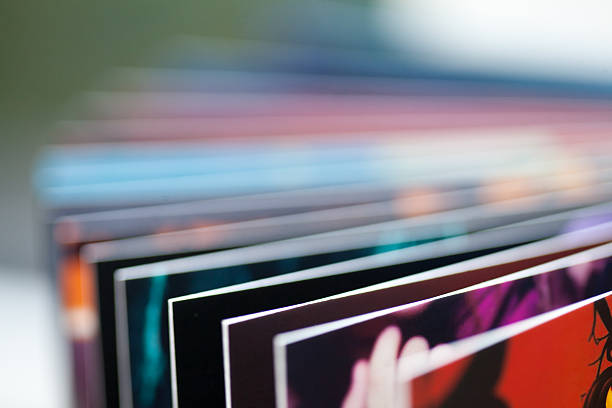In the digital age, where screens dominate our daily lives, the resilience of print might surprise some. This comprehensive guide explores the reasons why print is not dying and why businesses and individuals should embrace, rather than fear, the enduring power of print media.
1. Tangibility and Credibility: The Power of the Physical
Print offers a tangible and credible form of communication. Explore how the physicality of print, whether in the form of magazines, newspapers, or brochures, provides a sensory experience that digital media cannot replicate. Tangibility enhances the perceived authenticity and reliability of printed materials.
2. Less Clutter, More Impact: Standing Out in a Digital World
In a digital landscape saturated with information, print has the advantage of less clutter. Discover how the scarcity of print materials can make them more attention-grabbing and memorable. Print allows your message to stand out in a way that can be challenging to achieve in the crowded online space.
3. Targeted Marketing: Precision in Print Advertising
Print media enables precise targeting of specific demographics and local audiences. Explore how print advertising in newspapers or magazines allows businesses to tailor their message to a particular geographic area or niche market, fostering a more direct and relevant connection with readers.
4. Enhanced Reading Experience: Engaging Without Distractions
Print offers a focused reading experience without the distractions of notifications, pop-ups, or hyperlinks. Understand how the simplicity of print allows readers to engage with content more deeply and attentively, creating a space for immersive and uninterrupted reading.
5. Trust in Print Journalism: A Pillar of Information
Print journalism has a longstanding tradition of being a reliable source of information. Explore how established print publications often carry a sense of trust and authority. Readers turn to print media for in-depth analysis, investigative reporting, and a more considered perspective on news and events.
6. Permanence and Collectability: Beyond Ephemeral Content
Printed materials have a sense of permanence that digital content often lacks. Discover how magazines, books, and other print items become collectibles, creating lasting value for readers. The physical nature of print contributes to a sense of longevity and nostalgia.
7. Accessibility for All: Bridging the Digital Divide
Print remains an accessible medium for individuals who may not have consistent access to digital technologies. Explore how print materials serve as an inclusive communication tool, bridging the digital divide and ensuring that information reaches a broader audience.
8. Environmental Considerations: Sustainable Print Practices
Contrary to assumptions, the print industry has made strides in adopting sustainable practices. Explore how eco-friendly printing methods, recycled paper options, and responsible sourcing contribute to a more sustainable and environmentally conscious print industry.
9. Multisensory Appeal: Engaging the Senses
Print engages multiple senses. Explore how the feel of paper, the scent of ink, and the visual appeal of printed designs create a multisensory experience. This sensory engagement enhances the overall impact of printed materials, making them memorable and distinctive.
10. Complementing Digital Strategies: A Synergistic Approach
Print and digital media can coexist harmoniously in a well-rounded marketing strategy. Discover how print materials can complement digital efforts, providing an integrated and holistic approach to reaching and engaging audiences. Print’s unique strengths can enhance the overall effectiveness of a marketing campaign.
Conclusion: Embracing the Timeless Appeal of Print
In conclusion, print is not fading into obsolescence; instead, it continues to thrive and offer unique advantages in today’s digital age. By understanding and embracing the enduring strengths of print media, businesses and individuals can tap into a powerful and complementary communication channel that stands the test of time.


Leave a Reply